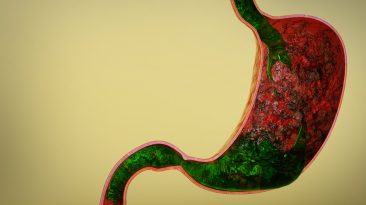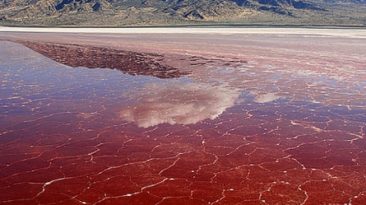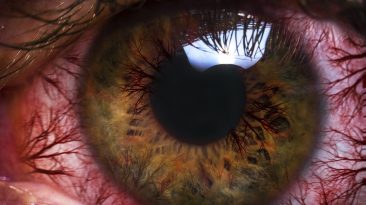In a flash, it happens. Not really sure what or why but… Am I dead? Is this the afterlife? Where’s my body?
We all know we’re not going to live forever. Many cultures have strong beliefs about death, and rituals that they practice. But in some places, we have more choices about what happens to our bodies after we die.
Why is there so much demand for body parts? What options are there for recycling our healthy, useable parts? And how could it help Earth if we recycle our bodies?
For many years, people have been able to choose to donate their organs after they die. This choice may be listed on a driver’s license. After death, people can donate many body parts, including their lungs, heart, pancreas, intestines, corneas, heart valves, and since 2014, hands and faces.
”
Sometimes, healthy people donate organs while they’re alive, often to family members. Living donors can spare one kidney, one lung, a piece of liver, pancreas, intestine, or stem cells.
Unfortunately, older organs can cause a more powerful immune response, increasing the risk of rejection. But that could change. A new class of drugs called senolytics targets and eliminates old cells. Recent studies in mice show that they may help rejuvenate older organs.This could greatly increase the supply of organs available for transplants. And those organs are badly needed.
In September 2020, there were more than 109,000 people on the U.S. national transplant waiting list. But only about 14,000 organs are donated each year. So, what does the future of body recycling look like? There are some really cool ways that you can currently and legally recycle your body after death.
A company in the state of Washington, called Recompose, has developed a recomposition method to compost bodies in only one month. It uses the beneficial microbes that naturally occur in the environment, and on our bodies. The body is put into a cradle with wood chips, alfalfa, and straw. The cradle is placed into a Recompose vessel and covered with more plant material. For the next 30 days, the body and plant material stay in the vessel. The microbes break everything down on the molecular level. This produces 0.76 m3 (one cubic yard) of healthy, nutrient‑dense soil.
It uses 87% less energy than cremation, and prevents one ton of carbon dioxide from being released into Earth’s atmosphere. There’s no need for a casket, embalming fluids, or more graveyards. In one month, a body is turned into healthy, nutrient-rich soil. Maybe instead of cemeteries, we could have composting facilities with beautiful gardens planted with loved ones’ soil. These plants would undergo photosynthesis, producing oxygen and consuming carbon dioxide, a greenhouse gas that’s raising the Earth’s temperature. So reducing the amount of carbon dioxide would help the environment.
And there are other ways we could recycle bodies. Do you know that a few ounces of cremated remains can be used to make human diamonds? This process uses heat, pressure, and carbon to create a diamond in six to nine months. Human ashes can also be used in an environmentally safe cement mixture designed to create artificial reef formations in the sea. This can create new habitats for fish, turtles, and other life forms in the oceans.
Or, if you’d prefer to become a work of art, some companies can even mix human ashes with tattoo ink and use it to create tattoos. How we dispose of the dead has a long history, and it may take people a long time to get use to the idea of their loved ones becoming soil, a precious stone, or a tattoo. And with the advances in technology, who knows what the future may hold. Maybe we could rule out dying altogether and become cyborgs.
Sources
- “What Can Be Donated | Organ Donor”. 2018. organdonor.gov.
- “Rejuvenating Old Organs Could Increase Donor Pool”. 2021. medicalxpress.com.
- “Organ Donation Statistics | Organ Donor”. 2018. organdonor.gov.
- “How Much Are Your Body Parts Worth?“. Trace Dominguez, Tara Long, and Laci Green. 2021. Seeker.
- “Washington Set To Be The First State To Allow The Composting Of Human Bodies“. Hu, Jane. 2019. Slate Magazine.
- “Live long, die green and recycle your discarded body”. Robert John Young. 2021. The Ecologist.



























